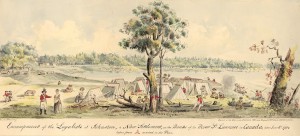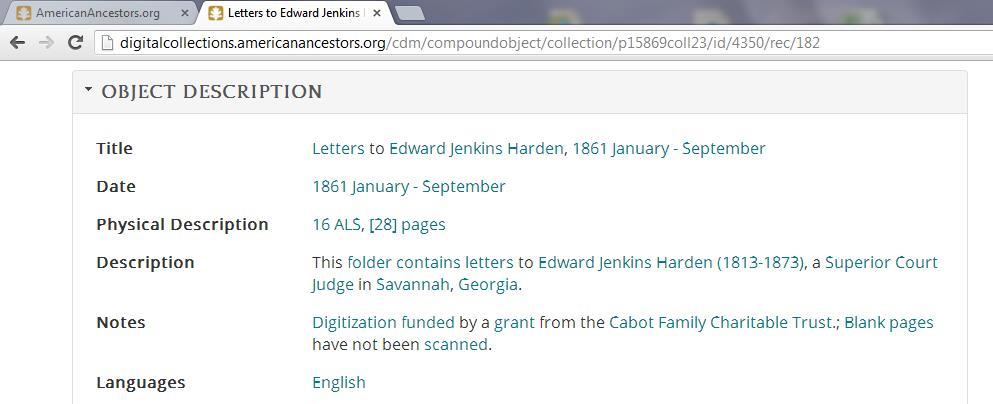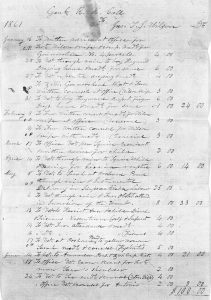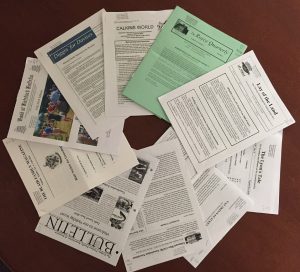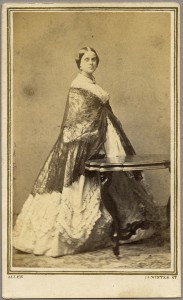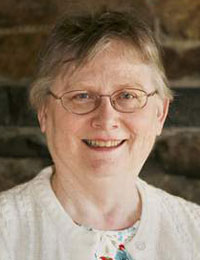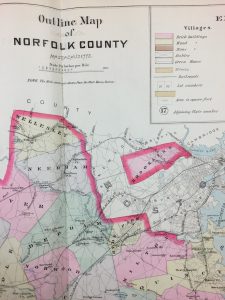
In documenting the dates on Mabelle Clifton (Lippitt) (Bourne) Bevins in my last post, her step-mother’s data reminded me of other issues that come our way in family history with new towns being created, or annexed, and the shifting borders of counties and states.
Mabelle’s step-mother, Lillian Hannaford Blazo, was born at Hyde Park, Massachusetts on 5 December 1869, daughter of William Augustus and Mary Elizabeth (Farnum) Blazo.[1] She married at Boston 7 March 1901, Robert Lincoln Lippitt.[2] This marriage listed her birthplace as Dorchester. Lillian died at Providence, Rhode Island 7 February 1937 and her death record listed her birthplace as Milton.[3] Why was there confusion on these two records?
Hyde Park was incorporated as a new town in 1868, just one year before Lillian’s birth, from lands in Dorchester, Milton, and Dedham. From that alone, it’s difficult to say if Lillian was born in the part of Hyde Park that had been Dorchester or Milton, without looking at land records or town directories to see where Lillian’s parents lived, assuming a home birth. Continue reading Changing town names
